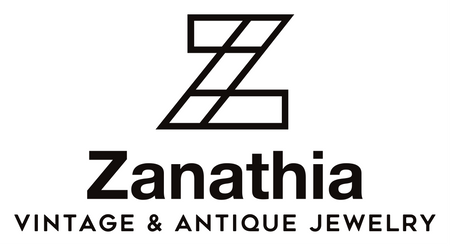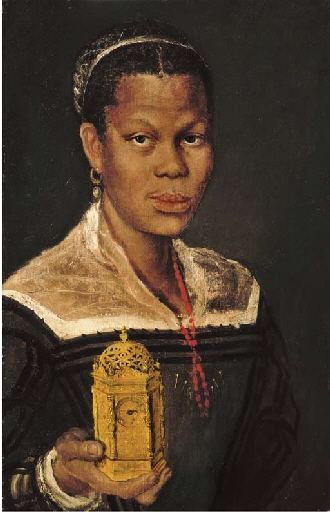
Antique coral jewelry courtesy of the Zanathia Jewelry collection
Coral jewelry has been used in ancient societies for various reasons. Historically, coral was often used for sentimental adornments, serving as 'good luck' protection from illnesses and common pandemics. Coral accessories thousands of years old can be found in many different ancient societies, including Egypt, Rome, Greece, and China. Native American tribes were first introduced to red coral in America by the Spaniards during the 16th century. One of the most highly sought-after and collected corals is found in the Mediterranean waters and is often called 'blood coral' due to its deep red tone. Although we often refer to coral as an 'organic gemstone,' it is the carbonate secretions of polyps, which are tiny marine invertebrates. The color of coral can range from deep red, peach, pink, and even black hues. Many coral reefs have been damaged and endangered in modern times due to pollution and climate change impacts. Antique and vintage coral are great options for wearing sustainable jewelry while emphasizing historic preservation.
(Portrait of a Lady wearing a Coral Necklace and Holding An Ormulu Table Clock, by Annibale Carracci)

(Vintage Handcrafted Coral and Sterling Silver Native American Style Necklace, Zanathia Jewelry)
The conservation and preservation of coral are historically significant and have a fascinating sentimental background. While today's coral is threatened by climate change and pollution, antique and vintage coral are sustainable and historically significant jewelry options. Coral jewelry has been worn for thousands of years, and many antique and vintage coral accessories are still unique pieces to own if they were correctly preserved. In modern times, it is possible to wear a sentimental piece of history and help keep coral with rare antique and vintage collectibles.


